About half of school-going children in Singapore are afflicted with childhood myopia.
Optometrist and certified orthokeratologist, Mr Titus Wu (M. Optom, FIAO), says that parents need to start addressing their child’s deteriorating eyesight as early as possible in their school years to give them a more comfortable lifestyle in the future.
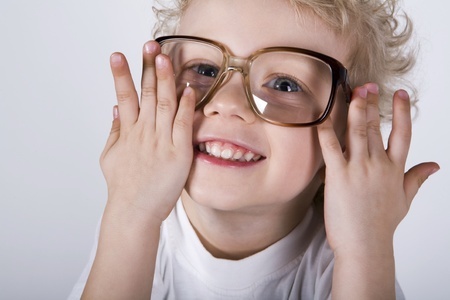
Many of us are familiar with generalised advice to prevent myopia or short-sightedness. We will have heard it from our parents or teachers when we were young: correct our posture, read with sufficient lighting, keeping a distance when doing near work. In countries, like China, where myopia in children is significant, people have even gone as far as implementing daily eye exercises at school or installing rails at desks to enforce good eye habits amongst children.
Though myopia is a common affliction for many people around the world, Singapore has one of the highest prevalence rates globally with about half of school-going children aged 7 – 16 being affected.
One in ten children in Singapore experience deterioration in their eyesight so severe that it affects their lifestyles. Wearing thick and heavy spectacles is a burden and limits children from participating in vigorous activities like sport and dance.
What Causes Myopia?
- Genetics: If your parents are near-sighted, chances are high that you will be near-sighted too.
- Behaviour: The proliferation of screens in our daily lives sees kids glued to smartphones, tables and televisions. The stress put on the eyes increases myopia.
- Glasses and Soft Lenses: The nature of how a standard spectacle or standard soft lens focuses light on the retina actually causes the eye to lengthen (increase their myopia).
- Eye Muscle Control: Some kids have eye muscles that put stress on their vision.
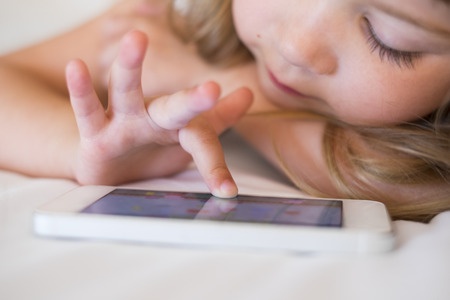
How to Control Myopia: What Are My Options?
As myopia usually stabilises around 21 years old, it makes sense that a child’s primary or secondary school years are the best times to control or slow down further vision impairment.
Once a child has myopia, the traditional approach to address symptoms has been prescription spectacles, which are a cheap and easy solution. There are many spectacle designs now available on the market (which helps somewhat with children’s perceptions that being bespectacled is not ‘cool’) and these are accessible to the consumer at varied price points.
However, it should be noted that spectacles do not control myopia. This means that glasses need to be changed regularly, about once a year or so to keep up with the level of myopia in children. In addition, as the myopia degree increases, spectacle lens prices will increase as well.
⇒ Related Read: Curb Your Child’s Myopia Progression with HOYA MiYOSMART Lens
Option 1: Wearing Contact Lens
Contact lenses, while useful for adults, might not be useful for children who are discomforted by having to wear them continuously throughout the day. Soft contact lenses usually cause dryness in the eyes and might be slightly uncomfortable after wearing them for a couple of hours.
It should also be noted that regular soft contact lenses or regular rigid gas permeable lenses do not control myopia progression. Daily wear of contact lenses requires a level of personal responsibility for hygiene and care which must be communicated clearly to the patient.
⇒ Related Read: Contact Lenses for Children: What Age Can They Start
Option 2: Using Atrophine Drops
The use of atropine drops has also become more common in Singapore. Prescribed by doctors, studies have shown that these drops reduce the progression of myopia. Atropine drops come in different concentration doses, ranging from 0.01% to 1%.
In the past, Atropine was usually prescribed at 1%, this causes moderate to severe side effects such as photophobia (light sensitivity), not being able to read at near distances, burning or stinging sensation.
A lower concentration dose reduces the symptoms of these side effects however, the efficacy for myopia control does not appear to be as good as the higher dose. Doctors will have to find the right balance to ensure minimum side effects for maximum control. It has to be noted that patients will still need to wear spectacles to see clearly.
Option 3: Orthokeratology
Another method that has been gaining prominence in recent years is Orthokeratology, or the use of specially designed cornea molds to shape the eyeball during sleep so that there is no need for contact lenses or spectacles the next day.
Unlike spectacles and contact lenses, Ortho-K has the ability to control myopia, and in most studies, Ortho-K has proved to reduce the progression of myopia by 50 – 100 per cent. Currently, it is the most effective method to control myopia progression and provide the patient with the freedom of glasses in the day.
Children who are active will see the most benefits of this treatment. In Singapore, the method has been in use for over 30 years and children as young as 6 have been able to comfortably use the method.
As with every treatment, there are risks involved especially if the lenses are not designed and fitted properly on the cornea, poor hygiene or non-compliance to the lens care protocols.
Therefore, it is very important that the treatment of myopia with Ortho-K should be done by a certified Orthokeratologist to ensure that it is safe and effective.
Next Step Toward Healthier Eyes
Taking care of your child’s vision is vital as healthy eyesight is essential to overall well-being. Be mindful of your children’s watching and reading behaviour. The advice mentioned at the beginning of this article still applies.
If you see signs of near-sightedness in your child and suspect myopia, consult your local optometrist to have your child’s eyes checked. Then decide if you want to address or control the symptoms. Early detection is the most important step.
This article was contributed by Titus Wu, Optometrist at Titus Eye Care.
* * * * *
Like what you see here? Get parenting tips and stories straight to your inbox! Join our mailing list here.
Want to be heard 👂 and seen 👀 by over 100,000 parents in Singapore? We can help! Leave your contact here and we’ll be in touch.












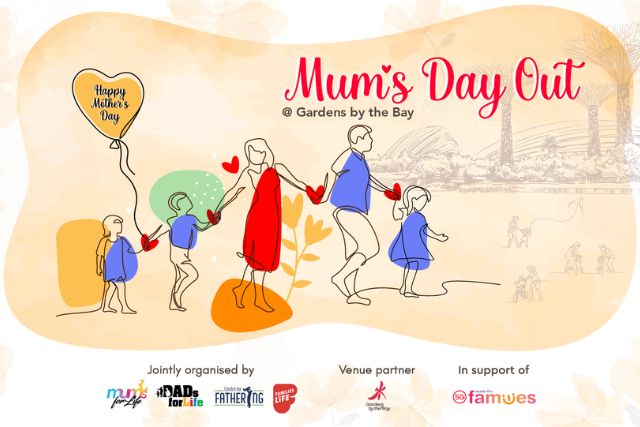







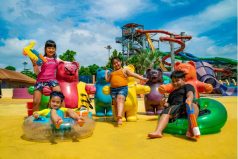
















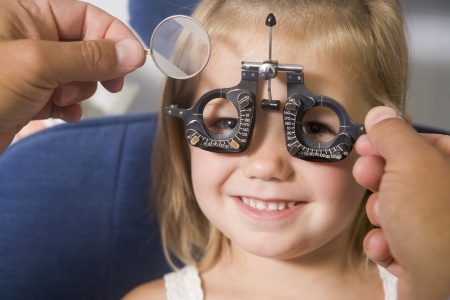
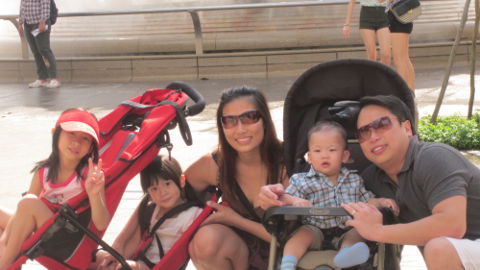
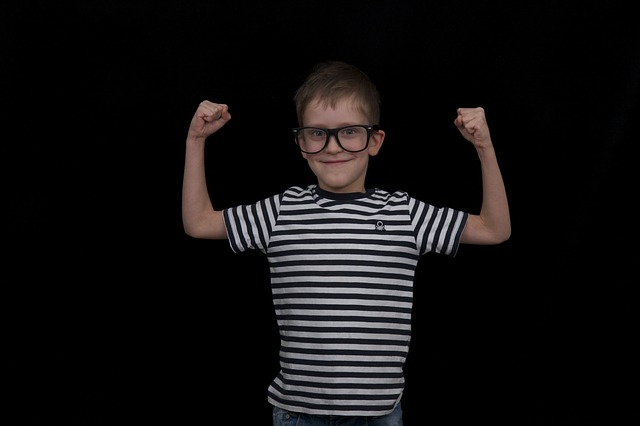
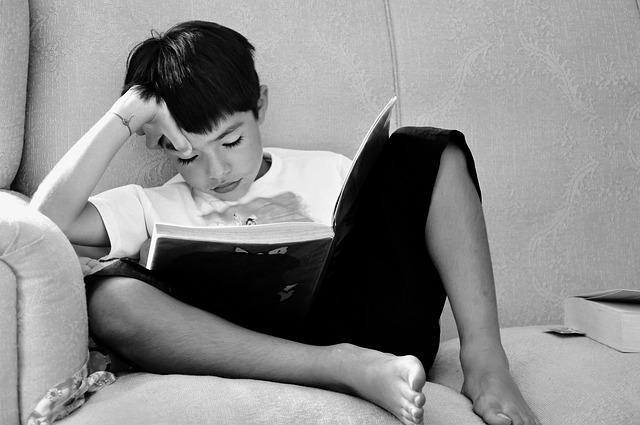
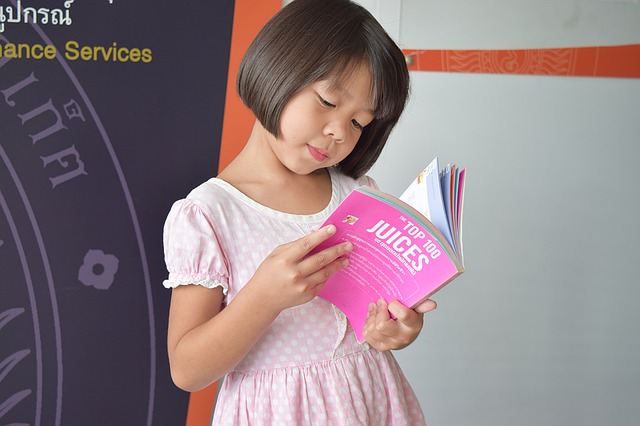

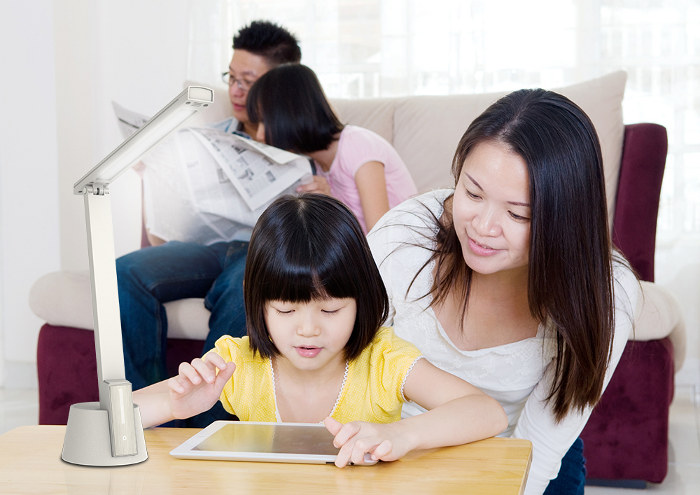
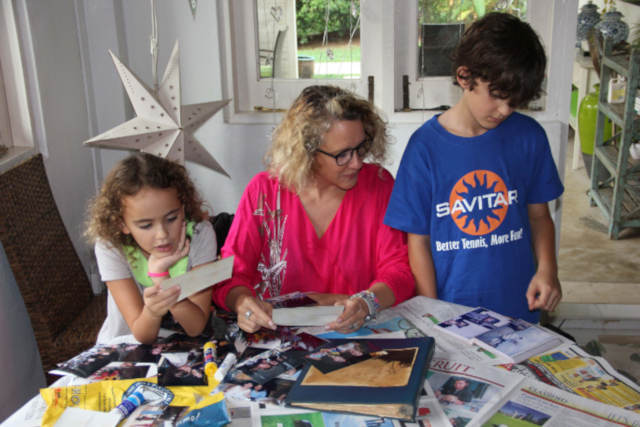

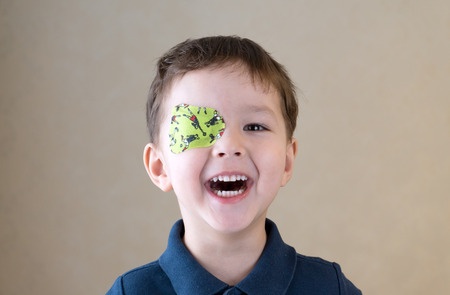

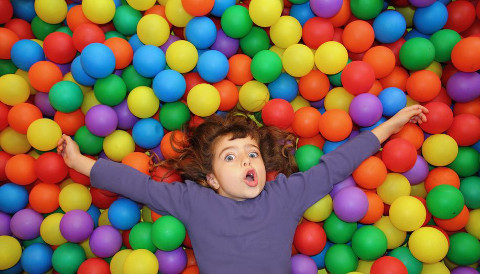
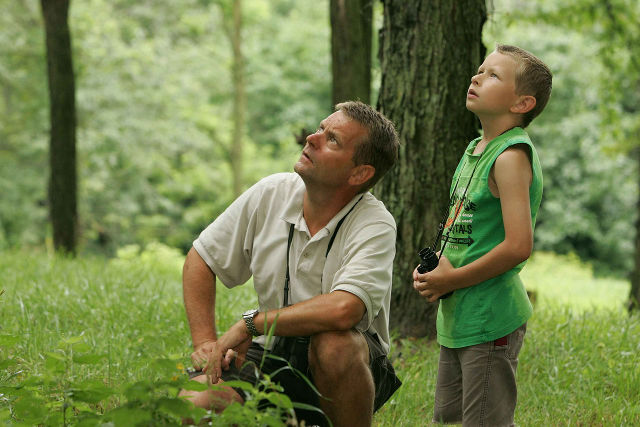







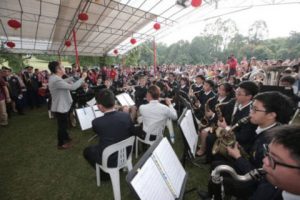

Leave a Comment: